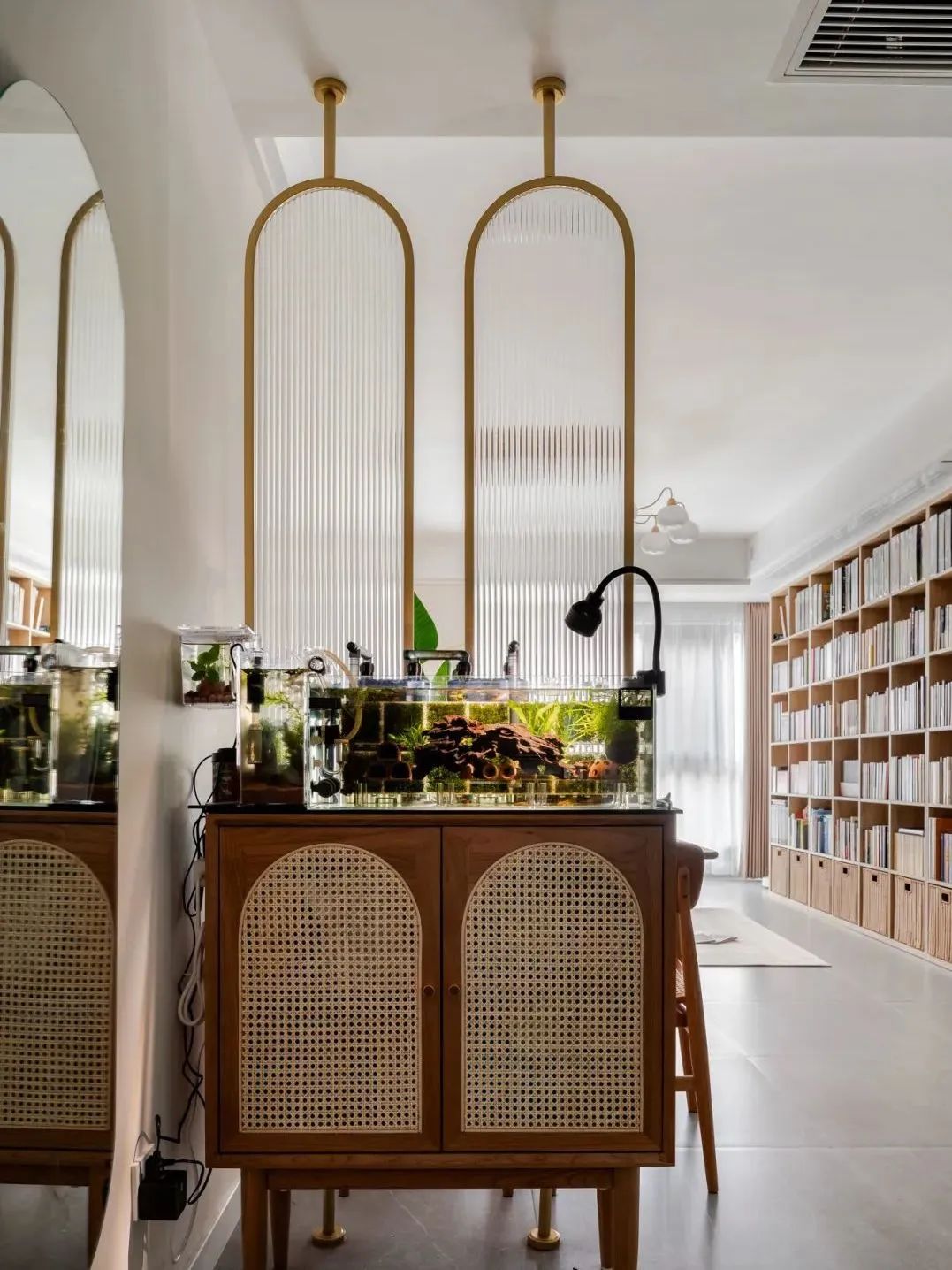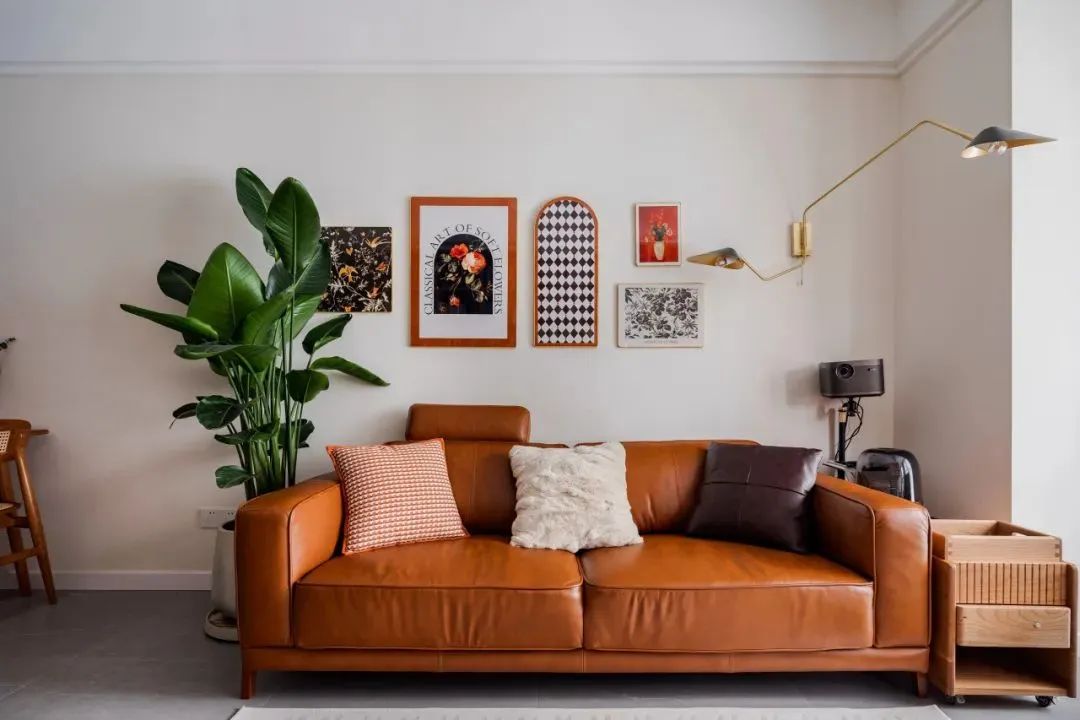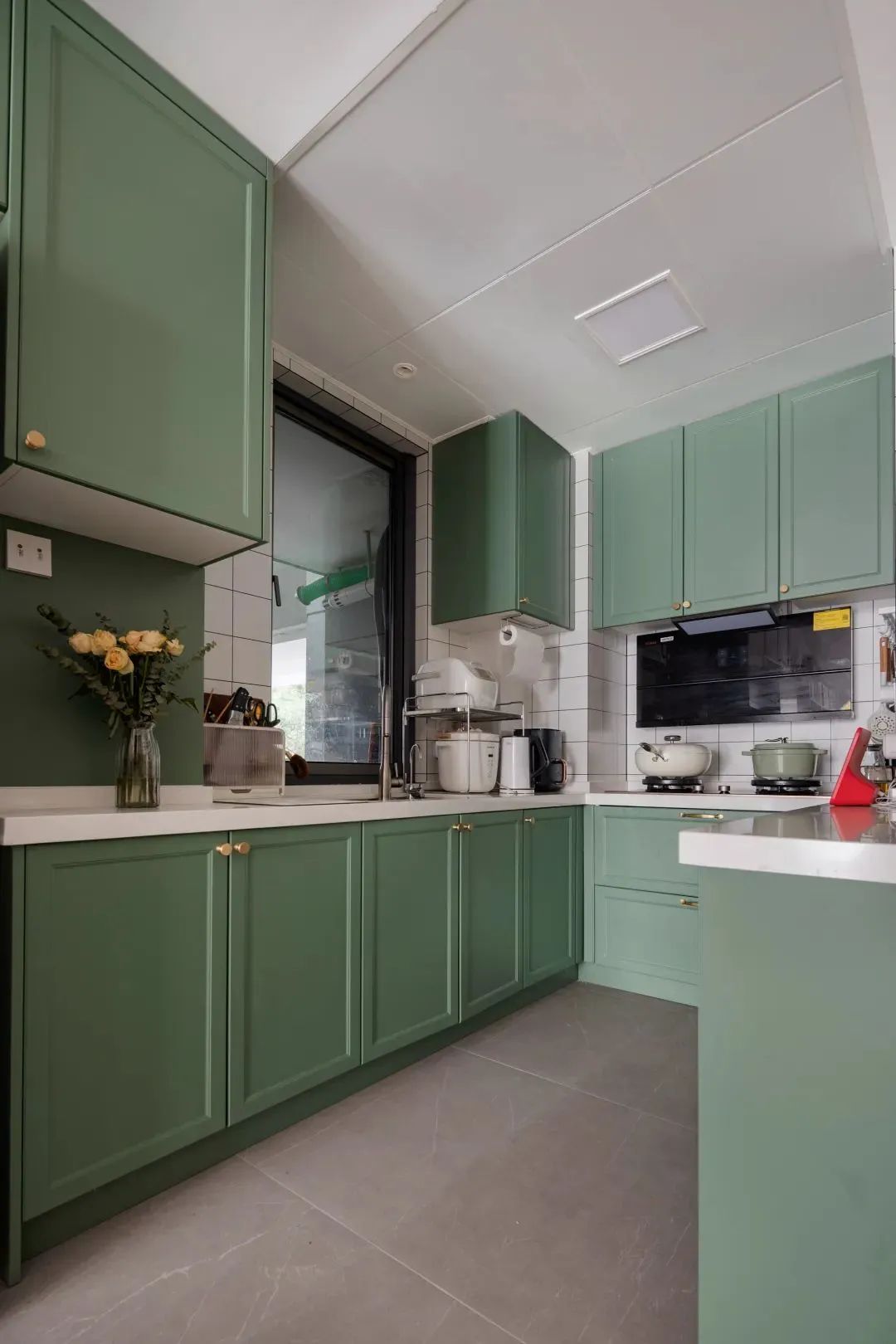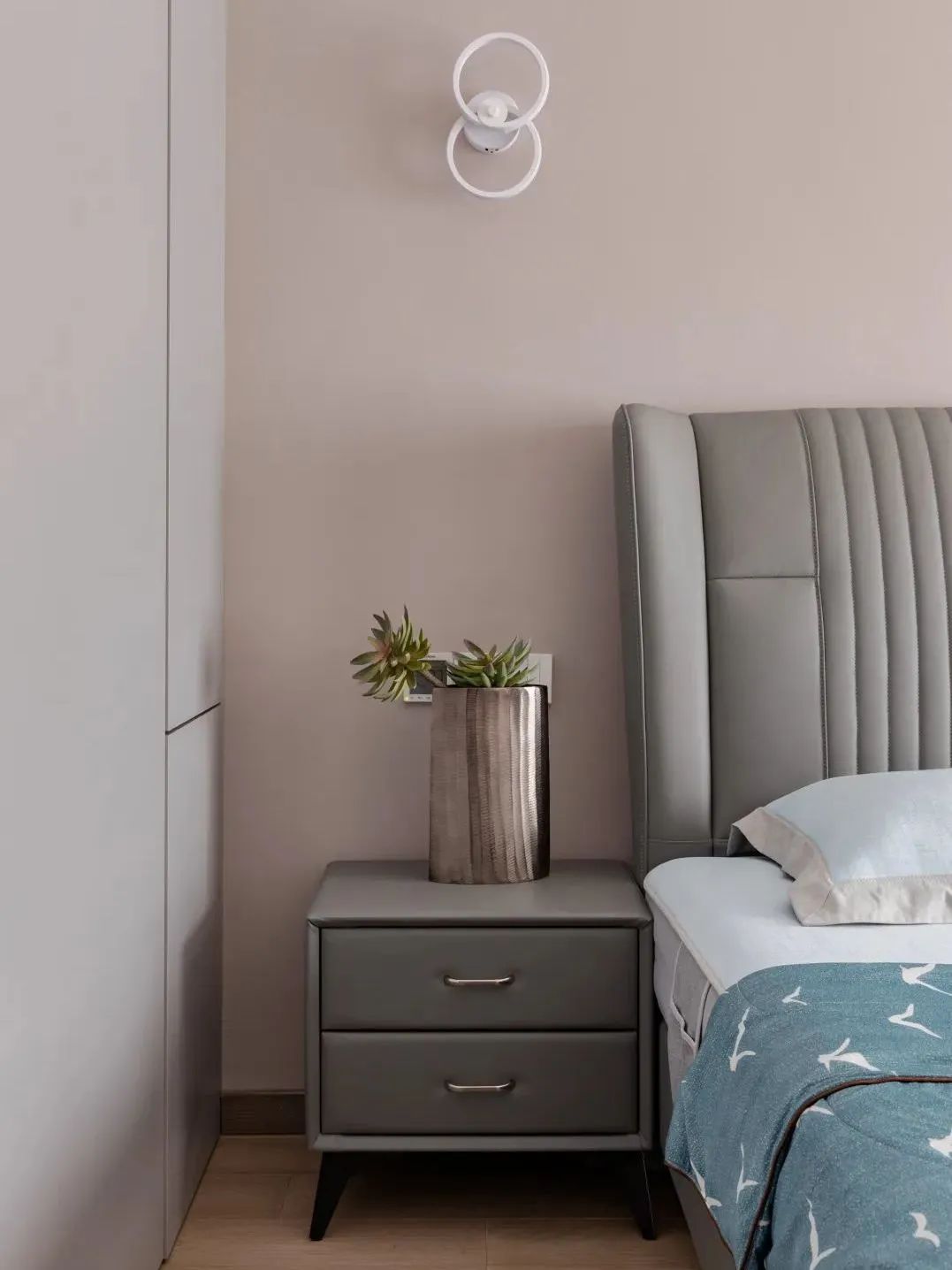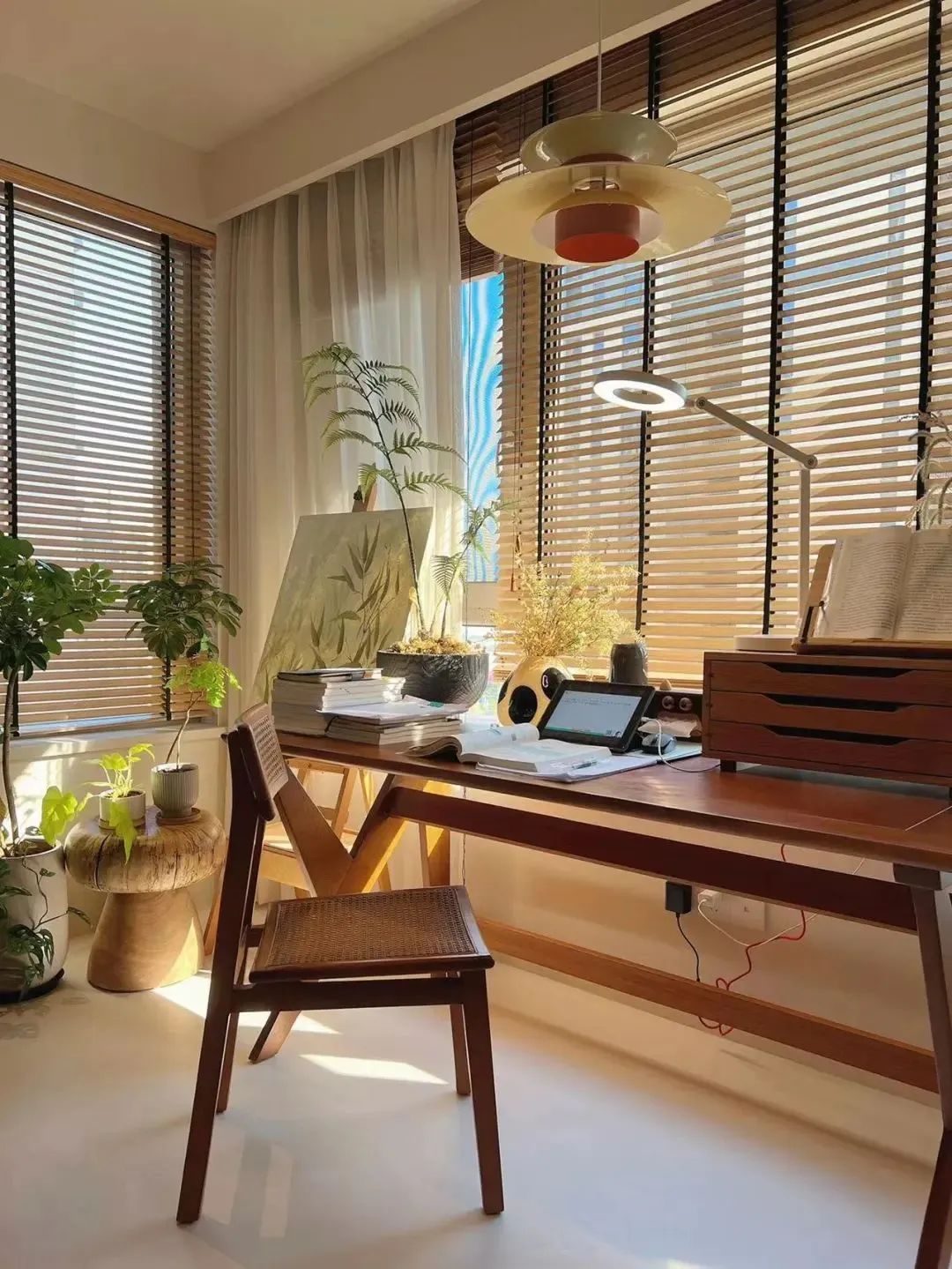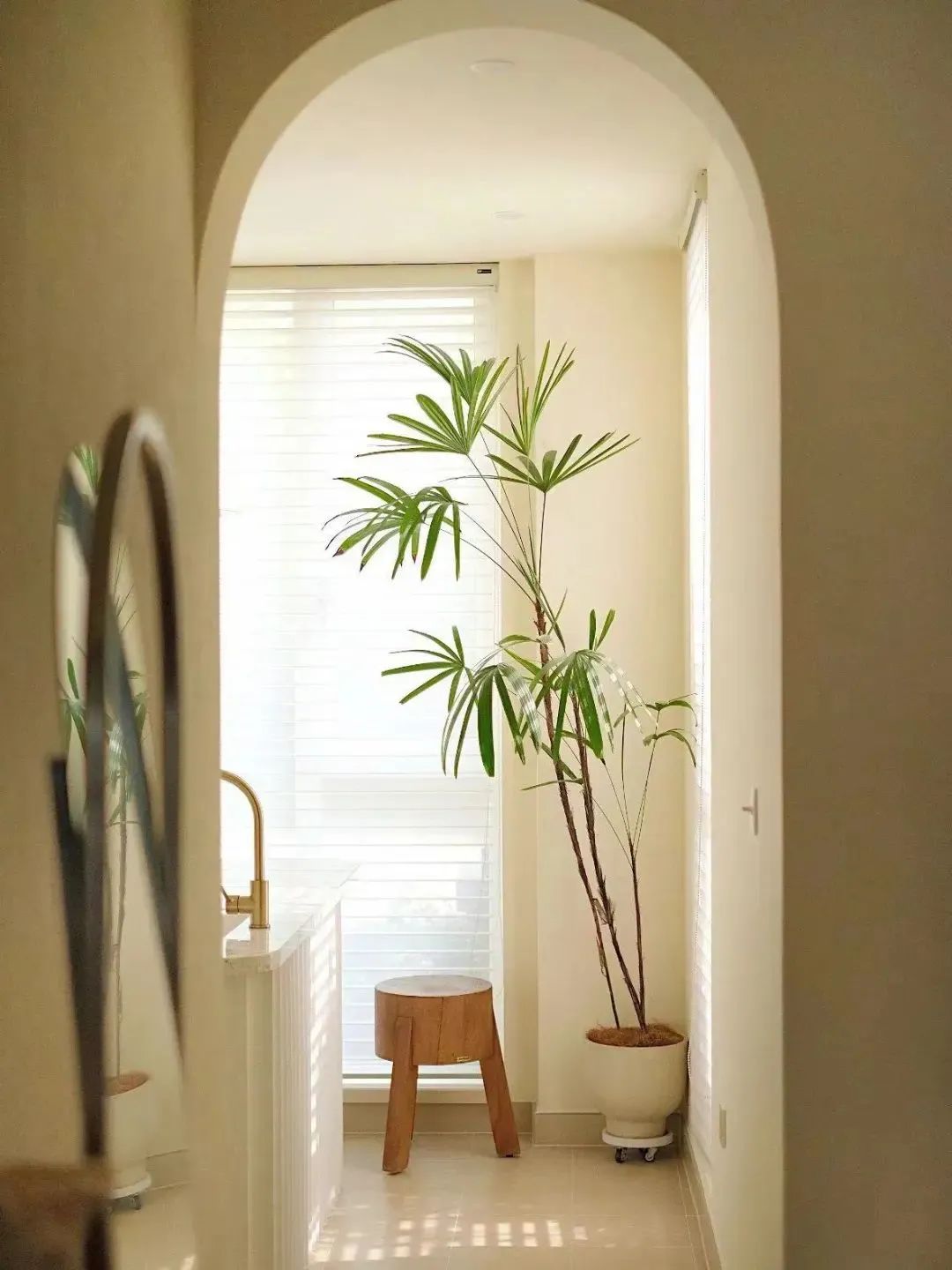Twenty years ago, every family would place a large pot of simulated green plants beside the TV cabinet, either kumquat trees or Dracaena sanderiana, as a living room ornament, bringing beautiful meanings.
Nowadays, in the homes of many young people, green plants are also taken out of balconies as a more sophisticated decoration, placed in various corners of the room, on cabinets, beside chairs, and at corners, surprising and stunning. 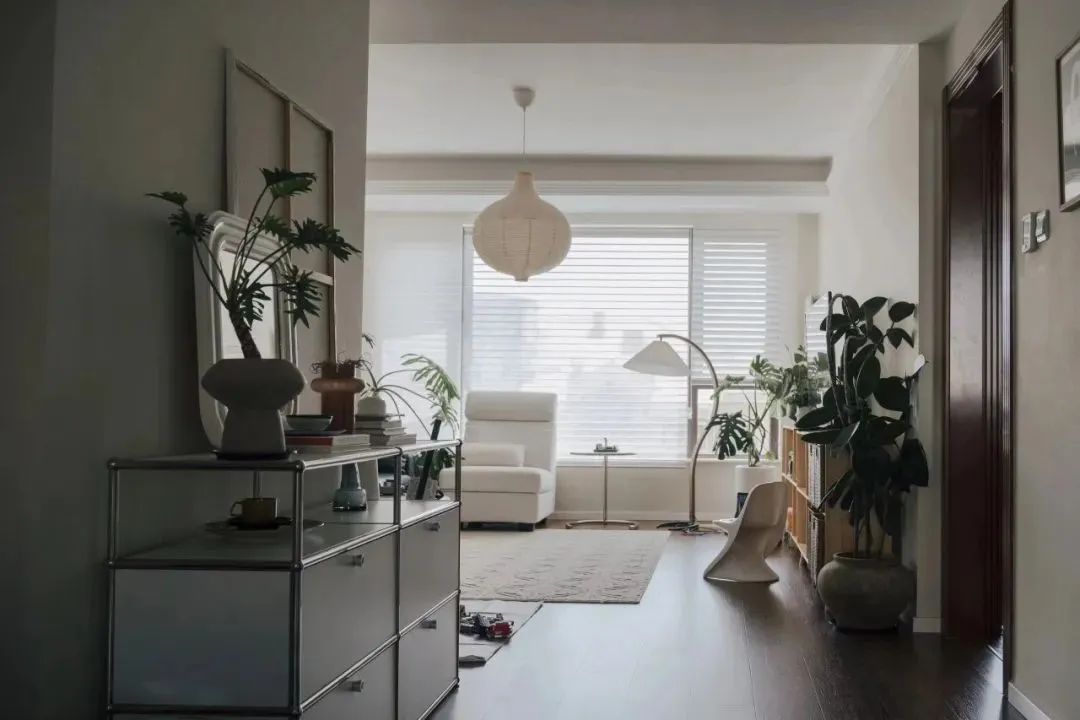
The aesthetic effect of green plant landscape in indoor space gives people a sense of relaxation and closeness to nature. Psychological research has shown that people’s acceptance of natural elements in indoor space is far greater than that of all other elements.
Today, the editor will compile a guide for creating high-quality green plants suitable for daily home life. Whether you want to enhance the beauty of your home space, purify the environment, and relax, you can find the answer you want here.
Green plant matching ideas for different functional areas
In home soft furnishings, green plants seem to have a natural ability to create a comfortable atmosphere, light up the eyes, cleanse the soul, and make the entire home lively.
How can green plant landscapes be designed to better integrate with indoor spaces?
① Porch
The porch is the area where the first impression is made when entering the room, so the plants placed in it play an important role in enhancing the impression of the home, and there are also some considerations for placing plants in the porch in feng shui.
The entrance is generally not well lit, making it suitable for placing shade loving green plants.
From the perspective of feng shui, the entrance needs to place plants with auspicious meanings, such as pachira, money trees, etc., which have the function of attracting wealth and promoting good luck. It is not suitable to place plants with thorns or sharp corners, such as cacti.
② Living room
Potted flowers or larger super absorbent plants can be placed next to the sofa, and flower arrangements or more expensive potted flowers can be placed on the coffee table.
The corner of the living room can be filled with large foliage plants or plants that can be grown by climbing, which can make the corner of the living room vibrant.
The high places or walls of the living room can be equipped with suspended cultivated plants to enhance the beauty of the interior decoration space.
③ Kitchen
As a daily cooking area, the kitchen is prone to heavy oil fumes and heat, and requires the placement of green plants that are resistant to high temperatures, have strong vitality, and can purify the air.
Vanilla plants are a good choice. They come with a light fragrance that can freshen the air, inhibit or kill bacteria and viruses, and reduce the presence of pests such as mosquitoes, cockroaches, and flies.
④ Bedroom
The bedroom is an important place for daily rest, and the plants chosen should be beneficial for sleep quality and physical health.
Bedrooms usually have light colored and small foliage plants, which not only increase the indoor air moisture content but also help alleviate symptoms such as dry throat.
But pay attention to the fact that plants breathe at night and consume oxygen to expel carbon dioxide. Large amounts can easily affect sleep and cause discomfort, so don’t place too many plants in the bedroom!
⑤ Study
Placing some green plants in the study can not only bring vitality to the room, but also help relax the eyes.
Because studying in the study room usually requires a high level of concentration, do not choose plants that are too bright or have a strong odor to avoid distractions and reduce the efficiency of reading and learning.
⑥ Toilet
Due to the heavy humidity in the bathroom, it is necessary to choose green plants that can absorb excessive moisture, inhibit the growth and spread of fungi, and create a natural fragrance to eliminate some odors.
Post time: May-28-2024

